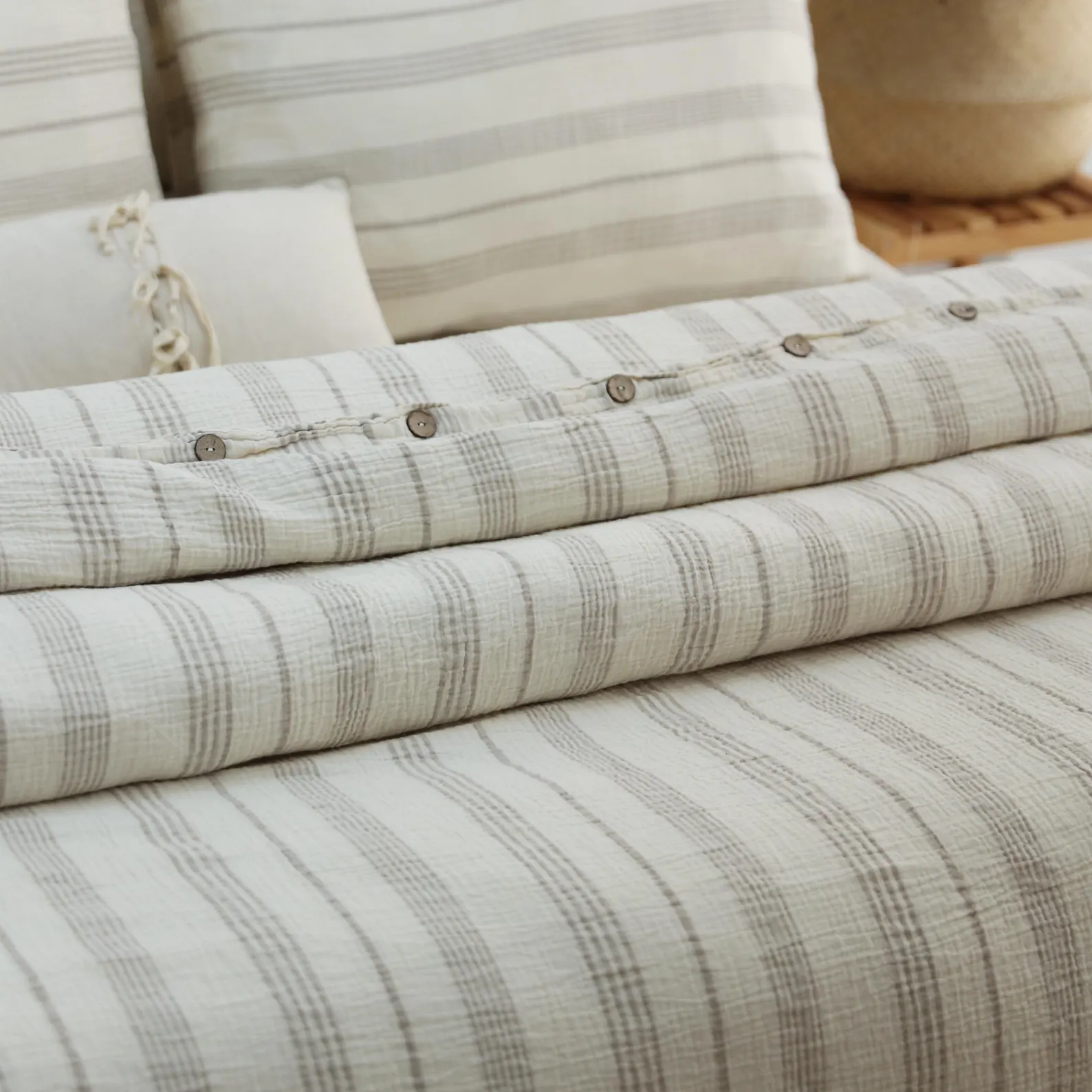Pinterest Marketing for Designers
- Rachel H

- Jan 24
- 3 min read
Why Pinterest Is a Must-Have for Interior Designers’ Marketing Strategy
When it comes to social media marketing, Pinterest is often overlooked by interior designers. While every platform has its advantages, Pinterest stands out as a powerhouse for driving direct website traffic—far more effectively than Instagram or Facebook. Unlike other platforms that focus on connecting people, Pinterest is designed to inspire users based on their individual preferences. Its evergreen nature makes it a unique and valuable tool for showcasing your work.
In this post, we’ll explore why Pinterest is so effective and how interior designers can easily harness its potential.

The Power of Pinterest for Interior Designers
Although Pinterest is often associated with recipes and fashion tips, it offers so much more for professionals in the design industry. For interior designers, Pinterest is a visual search engine that allows your portfolio and blog content to reach an audience actively seeking inspiration for home projects. It’s where many people begin their journey when planning renovations or decorating their homes.
Unlike Instagram, where posts quickly lose visibility due to its chronological feed, Pinterest content remains relevant over time. Pins can resurface months—or even years—later if they align with a user’s interests. This long lifespan makes Pinterest an invaluable tool for increasing your brand’s visibility and attracting your ideal clients.
Why Pinterest Should Be a Core Part of Your Marketing
The ultimate goal of any social media marketing strategy is to boost brand recognition and convert followers into clients. For interior designers, Pinterest is especially effective at driving website traffic. In fact, for many businesses, Pinterest generates over 70% of their website visitors.
Pinterest also attracts a financially affluent audience—45% of U.S. users have a household income over $100,000. This makes it an ideal platform for connecting with clients who value high-end design services.
6 Steps to Optimize Your Pinterest Strategy
Ready to make Pinterest work for you? Follow these six steps to maximize your reach:
1. Refine Your Profile
Ensure your profile reflects your brand identity. Use your business name as your username, and write a concise, engaging bio that tells visitors who you are and what you do. Update your profile picture with a branded headshot or logo, and choose a cover photo that highlights your best work.
2. Switch to a Business Account
A business account provides access to analytics, advertising tools, and other features that aren’t available with a personal account. If you already have a Pinterest account, consider converting it to a business account or creating a new one exclusively for your brand. Archive any personal boards by setting them to "secret" so your profile remains focused on design.
3. Use SEO-Friendly Board Names
Avoid vague or overly creative board titles. Instead, choose straightforward, descriptive names that align with popular search terms. For example, name a board “Modern Kitchen Design Ideas” rather than “Dream Kitchens.” Add keyword-rich descriptions to each board to improve discoverability.
4. Optimize Your Images
High-quality visuals are essential on Pinterest. Whether you’re sharing portfolio photos, sketches, or mood boards, ensure your images are clear and compelling. Use alt tags on your website images to describe their content, which helps Pinterest and search engines categorize them accurately. Include relevant keywords, your business name, and location in these descriptions.
5. Craft Strategic Pin Titles and Descriptions
Think of Pinterest as a search engine. Use targeted keywords in your pin titles and descriptions to help users discover your content. Your descriptions should highlight what viewers will gain by clicking through to your website, whether it’s a detailed blog post or a showcase of your portfolio.
6. Schedule Your Pins
Consistency is key. Use tools like Tailwind, Later, or Pinterest’s native scheduler to automate your posting. Aim to pin 5–10 times a day, following the 70/30 rule: 70% of your pins should be curated from other sources for inspiration, while 30% should showcase your original content.

Pinterest is a powerful, underutilized platform for interior designers. By optimizing your account and sharing high-quality, relevant content, you can significantly increase your reach and drive valuable traffic to your website. With a consistent and strategic approach, Pinterest can become a cornerstone of your marketing strategy, helping you connect with your ideal clients and grow your business.
Thanks for Reading! -Ray









Comentários